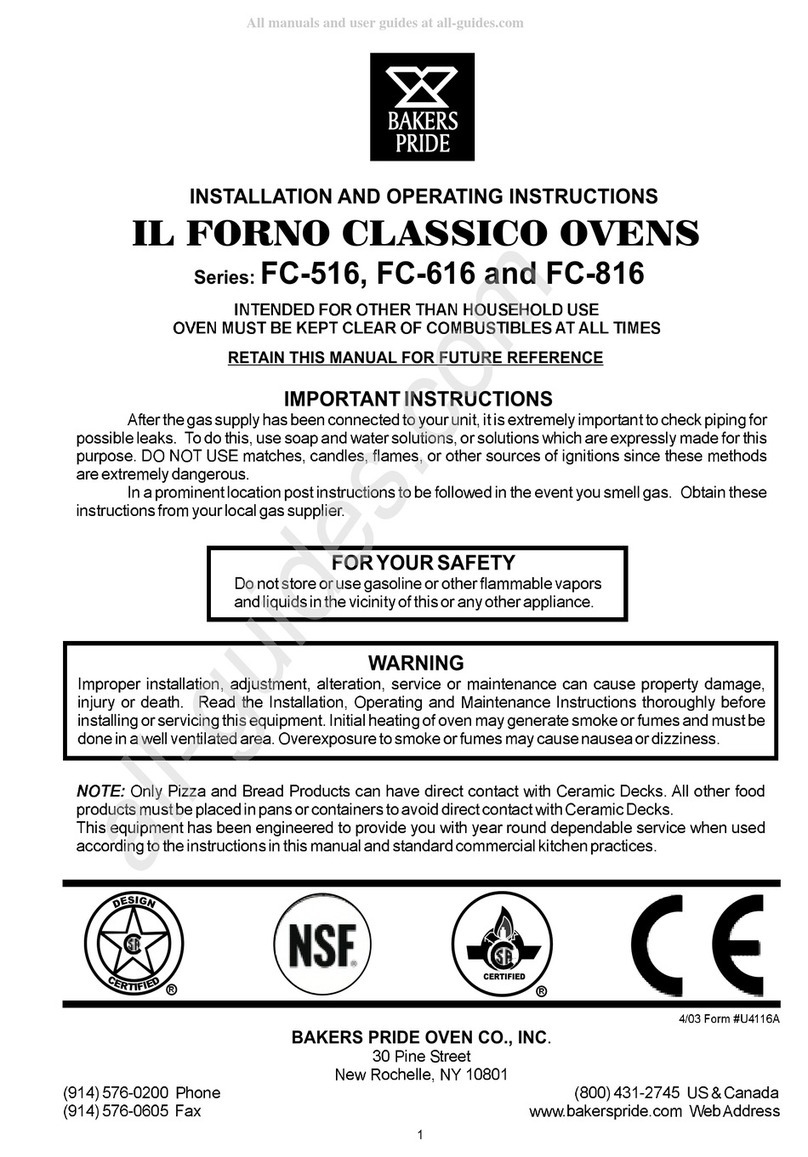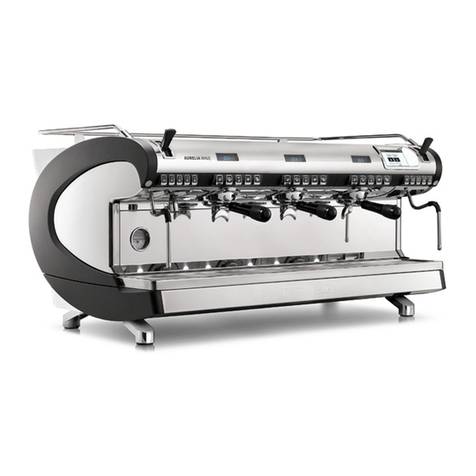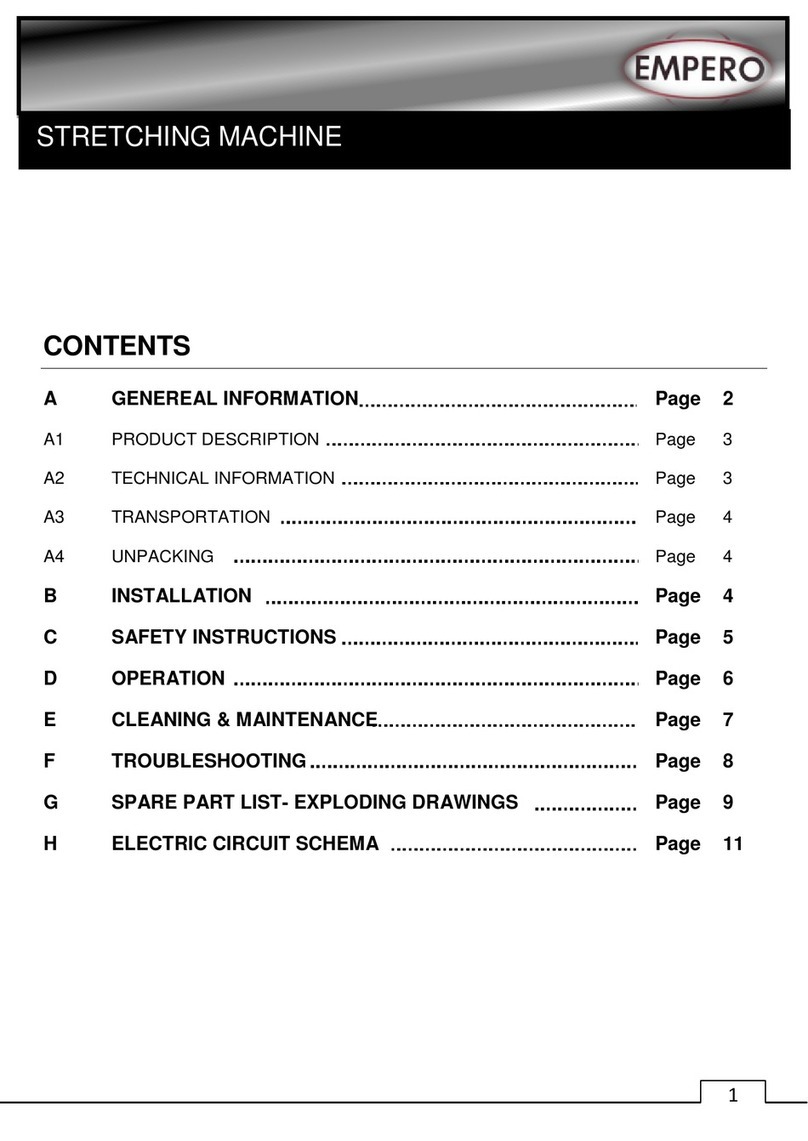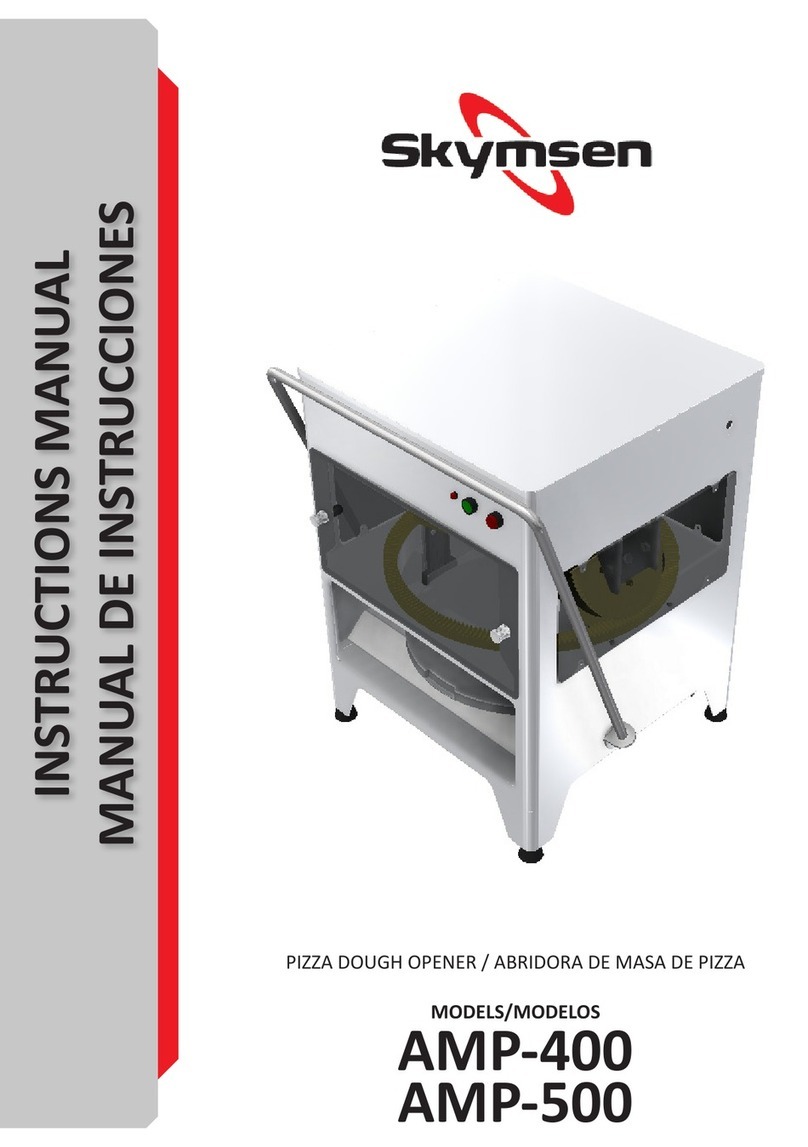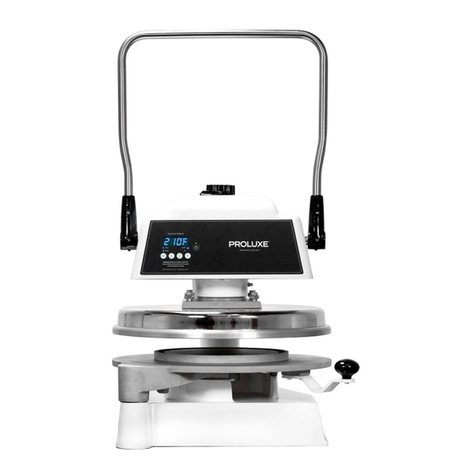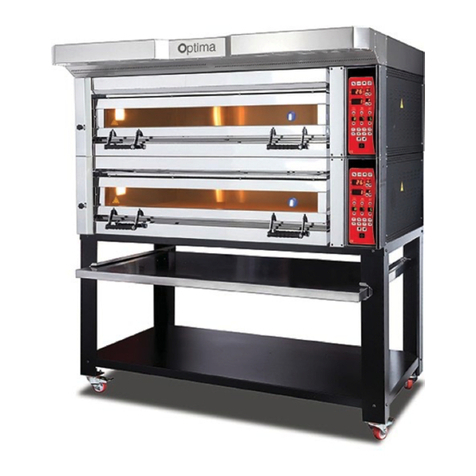MONTAGUE CM 24 User manual

INSTRUCTION MANUAL
THE MONTAGUE COMPANY
1830 Stearman Avenue P.O. BOX 4954
HAYWARD,CA 94540-4954
TEL: 510/785-8822 FAX: 510/785-3342
Gas Fired Cheesemelter
MONTAGUE
Models:
CM (24, 36, 48, 60 & 72)
Keep area around appliances free and clear from combustibles.
PLEASE RETAIN THIS MANUAL
FOR FUTURE REFERENCE.
These instructions should be read thoroughly before attempting installation.
Set up and installation should be performed by qualified installation personnel.

2
IMPORTANT
INSTRUCTIONS TO BE FOLLOWED IN THE EVENT THE USER SMELLS GAS MUST BE
POSTED IN A PROMINENT LOCATION. THIS INFORMATION MAY BE OBTAINED BY
CONSULTING THE LOCAL GAS SUPPLIER.
SHIPPING DAMAGE CLAIM PROCEDURE
For your protection, please note that equipment in this shipment was carefully inspected
and packed by skilled personnel before leaving the factory. The transportation company
assumes full responsibility for safe delivery upon acceptance of this shipment.
If shipment arrives damaged:
1. VISIBLE LOSS OR DAMAGE—Be certain this is noted on freight bill or express receipt,
and signed by person making delivery.
2. FILE CLAIM FOR DAMAGES IMMEDIATELY—Regardless of the extent of damage.
3. CONCEALED LOSS OR DAMAGE—If damage is unnoticed until merchandise is un-
packed, notify transportation company or carrier immediately, and file ―concealed dam-
age‖ claim with them. This should be done within fifteen (15) days of date that delivery
was made to you. Be sure to retain container for inspection.
We cannot assume responsibility for damage incurred in transit. We will, however, be glad
to furnish you with necessary documents to support your claim.
WARNING:
Improper installation, adjustment,
alteration, service or maintenance
can cause property damage, injury
or death. Read the operating and
maintenance instructions thor-
oughly before installing or servic-
ing this equipment.
FOR YOUR SAFETY:
Do not store or use gasoline or
other flammable vapors and
liquids in the vicinity of this or
any other appliance.
CONTENTS
INSTALLATION ………. 3 MAINTENANCE ………….. 9
OPERATION ……………8 SERVICE ………………… 10
RENEWAL PARTS ……….11

3
The MONTAGUE cheesemelters are produced with the best possible materials and work-
manship. PROPER INSTALLATION IS ESSENTIAL FOR SAFE AND EFFICIENT TROUBLE-
FREE OPERATION.
The gas fired cheesemelter is manufactured for use with the type of gas indicated on the
nameplate.
Qualified installation personnel are individuals, a firm, corporation, or company which either in
person or through a representative are engaged in, and are responsible for:
A. The installation or replacement of gas piping or the connection, installation, repair or servicing of
equipment, who is experienced in such work, familiar with all precautions required, and has
complied with all requirements of state or local authorities having jurisdiction. Reference:
National Fuel Gas Code Z223.1, Latest Addenda.
B. The installation of electrical wiring from the electric meter, main control box, or service outlet to
the electric appliance. Qualified installation personnel must be experienced in such work, be fa-
miliar with all precautions required and have complied with all requirements of state or local au-
thorities having jurisdiction. Reference: National Electric Code, N.F.P.A. No. 70, Latest
Addenda.
THE INSTALLATION INSTRUCTIONS CONTAINED HEREIN ARE FOR THE USE OF
QUALIFIED INSTALLATION AND SERVICE PERSONNEL ONLY. INSTALLATION OR
SERVICE BY OTHER THAN QUALIFIED PERSONNEL MAY RESULT IN DAMAGE TO THE
BROILER/INJURY TO THE OPERATOR.
READ CAREFULLY AND FOLLOW THESE INSTRUCTIONS
THE CHEESEMELETER (S) MUST BE INSTALLED IN ACCORDANCE WITH THE LOCAL
CODES, OR IN THE ABSENCE OF LOCAL CODES, WITH THE NATIONAL FUEL GAS
CODE, ANSI Z223.1, LATEST ADDENDA, INCLUDING:
1. The appliance and its individual shutoff valve must be disconnected from the gas
supply piping system during any pressure testing of that system at test pressures
in excess of 1/2 psig. (3.45 kPa).
2. The appliance must be isolated from the gas supply piping system by closing its
individual manual shutoff valve during any pressure testing of the gas supply
piping system at test pressure equal to or less than 1/2 psig. (3.45 kPa).
INSTALLATION

4
INSTALLATION
PROVISIONS MUST BE MADE FOR ADEQUATE AIR SUPPLY TO THE UNIT.
VENTILATING HOOD
The cheesemelter(s) must be installed under a properly designed ventilating hood. The hood
should extend at least 6‖ beyond all sides of the unit. The hood should be connected to an
adequate mechanical exhaust system.
Information on the construction and installation of ventilation hoods may be obtained from the
―Standard for the Installation of Equipment for the Removal of Smoke and Grease Laden
Vapors from Commercial Cooking Equipment‖, NFPA—Latest Addenda, available from the
National Fire Protection Association, Batterymarch Park, Quincy, MA 02269.
It is also necessary that the sufficient room air ingress be allowed to compensate for the amount
of air removed by the ventilation system. Otherwise, a subnormal atmospheric pressure will
occur which may interfere with burner performance or may extinguish the pilot flame. In case of
unsatisfactory oven performance, re-check performance with the exhaust fan turned ―OFF‖.
CLEARANCES
MINIMUM CLEARANCE FROM COMBUSTIBLE MATERIAL AND NONCOMBUSTIBLE
MATERIAL:
COUNTER INSTALLATION
FOR INSTALLATION ON NONCOMBUSTIBLE COUNTER ADJACENT TO NONCOMBUS-
TIBLE WALLS.
WALL MOUNTED
MOUNTED ON NONCOMBUSTIBLE WALL WITH 18‖ CLEARANCE FROM SIDE AND
BOTTOM TO COMBUSTIBLE MATERIAL.
RANGE MOUNTED
REFER TO THE RATING PLATE MOUNTED ON THE RANGE FOR THE PROPER
CLEARANCE.
FOR USE ONLY IN NONCOMBUSTIBLE LOCATIONS

5
INSTALLATION
Adequate clearance for service and proper operation must be provided at the front, top, sides,
and back. The combustion air openings are provided in the front of the unit and must not be
obstructed.
SETTING IN PLACE
COUNTER INSTALLATION
Level unit by placing shim under low side.
WALL MOUNTED
Must be installed on a NONCOMBUSTIBLE WALL ONLY. Remove lower bracket from back of
the cheesemelter. Attach bracket securely to the wall at the desired height and location as shown
in Figure 1. Place unit so that the cheesemelter mounted bracket engages the wall bracket.
RANGE MOUNTED
MODEL CM36
To be mounted on reinforced highback for installation on any Model 136, V136, or 36 Series Mon-
tague range as follows:
CAUTION
DO NOT OBSTRUCT THE FLOW OF COMBUSTION AND VENTILATION
AIR TO THE CHEESEMELTER. KEEP THE APPLIANCE AREA FREE AND
CLEAR FROM COMBUSTIBLES.

6
INSTALLATION
Lift the cheesemelter assembly above the range and slide the
vertical posts into position on the range body. (See Figure 2)
RANGE MOUNTED
MODELS CM24, CM36, CM48, CM60, CM72
Any of these cheesemelters may be mounted on a reinforced high shelf on any (G, VG)26, (G,
VG)2626, (G, VG)260, (G, VG)2616, (G, VG)1626, G16, G160, G016, G0, and G00 Series,
provided that the cheesemelter section is not more than 4 inches wider than the range over which
it is mounted.
1. Lift the reinforced high shelf above the range and slide channels into position on the range
body. Secure with screws through the holes that are provided in the range body.
2. Lift cheesemelter over the flue outlet of high shelf and set unit in place on shelf.
3. Align holes in high shelf with holes in bottom of cheesemelter.
GAS PRESSURE REGULATOR
Locate the gas pressure regulator external to the cheesemelter as near the unit as possible The
gas pressure regulator must be located out of the heat zone to prevent damage to the regulator.
Figure 2
THIS CHEESEMELTER IS DEIGNED FOR USE WITH A GAS PRESSURE REGULA-
TOR. THE REGULATOR SUPPLIED WITH THIS UNIT MUST BE USED.
FOR NATURAL GAS: This gas pressure regulator is factory adjusted for 6.0‖ W.C.
manifold pressure. The rated inlet pressure to the regulator is 1/2 psig (3.45 kPa).
FOR PROPANE GAS: This gas pressure regulator is factory adjusted for 10‖ W.C.
manifold pressure. The rated inlet pressure to the regulator is 1/2 psig (3.45 kPa).
The cheesemelter is equipped with fixed orifices for use with a manifold pressure of 6.0‖
water column for Natural gas and 10.0‖ water column for propane gas.

7
INSTALLATION
REMOVE CONTROL PANEL AND TOP PANEL FOR ACCESS TO GAS
CONNECTION
Before connecting the cheesemelter to the gas supply line, be sure that all new piping has
been cleaned and purged to prevent any foreign matter from being carried into the controls by the
gas. In some cases, filters or drops are recommended. A separate gas shut off valve must be
installed upstream from the gas pressure regulator adjacent to the unit and located in an
accessible area.
It is important that adequately sized piping run directly to the point of connection at the
cheesemelter with as few elbows and tees as possible. Consult local gas company for proper
piping size and gas pressure.
Install the gas pressure regulator with gas flowing as indicated by the arrow on the
regulator. Use pipe compound or thread sealant and carefully thread regulator to pipe so that there
is no cross threading, etc. which could cause leakage.
Apply wrench only to the flat areas around the pipe tapping at the end being threaded to the
pipe to avoid possible damage to the regulator body which could result in leakage.
Connect the gas supply line from the service gas shut off valve to the inlet side of the gas
pressure regulator using a 3/4‖ pipe. If a flexible connector is used, an AGA Listed commercial
duty type with an I.D. equal to 3/4‖ pipe must be used. DO NOT USE A DOMESTIC TYPE GAS
FLEXIBLE CONNECTION. Avoid kinks or sharp bends that could restrict gas flow.
Turn gas shut off valve on and immediately check carefully for gas leaks. Do this before
attempting to operate the cheesemelter.
PIPE JOINT COMPOUND OR THREAD SEALANT THAT IS USED SHOULD BE
RESISTANT TO ACTION OF LIQUEFIED PETROLEUM GASES.
TEST ALL PIPE JOINTS FOR LEAKS BEFORE OPERATING CHEESEMELTER.
THIS INCLUDES ALL GAS CONNECTIONS THAT MAY HAVE LOOSENED
DURING SHIPMENT. USE A RICH SOAP SOLUTION (OR OTHER ACCEPTED
LEAK TESTER) AROUND ALL PIPE CONNECTIONS AND ALL OTHER JOINTS.
DO NOT USE AN OPEN FLAME. ABSOLUTELY NO LEAKAGE SHOULD OCCUR,
OTHERWISE, THERE IS A DANGER OF FIRE OR EXPLOSION DEPENDING
UPON CONDITIONS. NEVER USE IF LEAKAGE IS DETECTED.
INSTALLATION

8
THIS APPLIANCE HAS BEEN CLASSIFIED AS COMMERCIAL COOKING
EQUIPMENT AND MUST BE OPERATED BY QUALIFIED AND/OR
PROFESSIONAL OPERATING PERSONNEL.
OPERATION
CAUTION
DO NOT OBSTRUCT THE FLOW OF COMBUSTION AND VENTILATION AIR TO THE
CHEESEMELTER. KEEP THE APPLIANCE AREA FREE AND CLEAR FROM
COMBUSTIBLES.
GAS CONTROLS
A. LIGHTING/RELIGHTING
1. TURN BURNER VALVE TO ―OFF‖ POSITION AND WAIT FIVE (5) MINUTES.
2. Apply lighted match to pilot burner and/or check that pilot is burning.
3. Rotate valve handle counterclockwise to full on. Burner will ignite automatically. DO
NOT THROTTLE DOWN.
4. If pilot becomes extinguished, turn burner valve to ―OFF‖ position and wait five (5)
minutes.
B. SHUT DOWN
1. Stand By.
To turn off, rotate valve handle clockwise.
2. Complete.
Turn all gas valves to ―OFF‖ position.
IN THE EVENT A GAS ODOR IS DETECTED, SHUT DOWN UNITS AT MAIN SHUT
OFF VALVE AND CONTACT THE LOCAL GAS COMPANY OR GAS SUPPLIER
FOR SERVICE.
NEVER THROTTLE THE BURNER DOWN. OPERATE BURNER IN FULL “ON”
POSITION ONLY, OR BURNER DAMAGE MAY OCCUR.

9
MAINTENANCE
CARE AND CLEANING
GENERAL CLEANING
Lint and grease suspended in the air tend to collect in passages. Therefore, air openings,
flueways, and primary air openings, etc., should be periodically cleaned to prevent clogging. The
complete cheesemelter should be given a periodic general cleaning.
DAILY: Remove grid rack, drip shield (below grid rack) and grease container. Thoroughly
wash with mild detergent or soap. Excessive grease build up may be removed by using a mildly
abrasive cleanser.
PAINTED SURFACE
EXTERIOR: The cheesemelter should be permitted to cool down before cleaning exterior
surfaces. Painted surfaces should be cleaned using a mild soap and warm water solution on a
sponge or soft cloth.
INTERIOR: Clean interior using a mildly abrasive cleanser with a damp cloth or nylon
cleaning pad.
STAINLESS STEEL SURFACE
To remove dirt, grease or product residue from stainless steel, use ordinary soap and water
(with or without detergent) applied with a sponge or cloth. Dry thoroughly with a clean cloth.
To remove grease and food splatter, or condensed vapors that have baked on the
equipment, apply cleanser to a damp cloth or sponge and rub cleanser on the metal in the
direction of the polishing lines on the metal. Rubbing cleanser as gently as possible in the direction
of the polished lines will not mar the finish of the stainless steel. NEVER RUB WITH A CIRCULAR
MOTION. Soil and burnt deposits which do not respond to the above procedure can usually be
removed by rubbing the surface with SCOTCH-BRITE scouring pads or STAINLESS scouring
pads. DO NOT USE ORDINARY STEEL WOOL as any particles left on the surface will rust and
further spoil the appearance of the finish. NEVER USE A WIRE BRUSH, STEEL SCOURING
PADS (EXCEPT STAINLESS), SCRAPER, FILE OR OTHER STEEL TOOLS. Surfaces which are
marred collect dirt more rapidly and become more difficult to clean. Marring also increases the
possibility of corrosive attack.
To remove heat tint: Darkened areas sometimes appear on stainless steel surfaces where
the area has been subjected to excessive heat. These darkened areas are caused by thickening
of the protective surface of the stainless steel and are not harmful. Heat tint can normally be
removed by the foregoing, but tint which does not respond to this procedure calls for a vigorous
scouring in the direction of the polish lines, using SCOTCH-BRITE scouring pads or a STAINLESS
scouring pad in combination with a powdered cleanser. Heat tint action may be lessened by not
applying or by reducing heat to equipment during slack period.

10
SERVICE
WHEN SERVICE IS NEEDED, CONTACT A LOCAL SERVICE COMPANY,
DEALER, OR FACTORY TO PERFORM MECHANICAL MAINTENANCE AND
REPAIRS. THESE INSTRUCTIONS ARE INTENDED FOR USE BY COMPETENT
SERVICE PERSONNEL.
CAUTION
TURN OFF GAS AT MANUAL SHUT OFF VALVE NEXT TO THE APPLIANCE
BEFORE ATTEMPTING TO LOOSEN ANY GAS CONNECTIONS.
PILOT BURNER
If pilot flame burns yellow, clean
pilot orifice and pilot burner to insure a
steady blue flame. The orifice can be
cleaned by washing in a solvent and/or
blowing out with air.
GAS PRESSURE REGULATOR
ORIFICE SIZE CHART– DRILL SIZE
NATURAL GAS PROPANE GAS
6.0‖ W.C 10.0‖ W.C.
20,000 BTU/HR 47 54
32,000 BTU/HR 40 51
WARNING
NO UNTRAINED PERSON SHOULD ATTEMPT TO MAINTAIN OR SERVICE
THE GAS PRESSURE REGULATOR.

11
SERVICE
MODEL CM SERIES CHEESEMELTER RENEWAL PARTS
ITEM PART NO. DESCRIPTION
101019-7Burner Pilot Assy— Nat. Gas
01020-0Burner Pilot Assy— Propane Gas
201000-6Valve, Pilot
309308-4Burner Assy w/ Nat. Gas Orifice (28 1/4)
09314-9Burner Assy w/ Propane Gas Orifice (28 1/4)
09321-1Burner Assy w/ Nat. Gas Orifice (16 3/4)
09323-8Burner Assy w/ Propane Gas Orifice (16 3/4)
409310-6Elbow w/ Nut & Sleeve
509311-4Orifice SPUD—#40 Drill; Nat. Gas
09313-0Orifice SPUD—#51 Drill; Propane Gas
09317-3Orifice SPUD—#47 Drill; Nat. Gas
09315-7Orifice SPUD—#54 Drill; Propane Gas
601068-5Valve, Burner
702002-8Handle, Valve w/ Set Screw
801609-8Rack, Wire— 21 1/2‖
01616-0Rack, Wire— 33 1/2‖
01610-1Rack, Wire— 45 1/2‖
01612-8Rack, Wire— 57 1/2‖
01613-6Rack, Wire— 69 1/2‖

12
The State of California enacted the California Safe Drinking Water and Toxic Enforcement Act of 1986, (Prop. 65),
which "prohibits any person in the course of doing business from knowingly and intentionally exposing any individ-
ual to a chemical known to the State of California to cause cancer or reproductive toxicity without first giving clear
and reasonable warning to such individuals." The Governor's Scientific Advisory Panel added carbon monoxide to
the list of hazardous chemicals known to cause reproductive harm.
In order to establish full compliance with Proposition 65, we attached a yellow warning label to each gas fired unit
manufactured by the Montague Company.
Carbon monoxide would not be present in concentrations that would pose a "significant risk" to the consumer
when the equipment is installed, operated and maintained as follows:
1. Installed in accordance with all local codes, or in the absence of local codes, with the current
National Fuel Gas Code Z223.1.
2. Installed under a properly designed and operating exhaust hood.
3. Connected to the type of gas for which the unit is equipped.
4. Proper appliance pressure regulator installed on the gas supply line and adjusted for the manifold
pressure marked on the rating plate.
5. Adequate air supply to the unit.
6. The equipment is operated in the manner intended using the proper utensil for that type of appliance.
7. Keep the equipment clean and have it checked periodically.
8. Burner air adjustments, mechanical maintenance and repairs should be performed by qualified
service personnel.
If the equipment is not installed, operated and maintained in accordance with the above, concentrations of carbon
monoxide in excess of the established limits could present in the kitchen environment.
ALL PERSONNEL IN THE WORKPLACE WHO MAY BE SUBJECT TO ANY EXPOSURE OF CARBON
MONOXIDE MUST BE WARNED OF SUCH POSSIBLE EXPOSURE. THIS WARNING SHOULD BE
CONVEYED IN A MANNER SO THAT IT IS CLEARLY UNDERSTOOD BY THE EMPLOYEE, AND
THE EMPLOYEE SHOULD BE ASKED IF IN FACT HE OR SHE UNDERSTANDS THE CORRECT
METHOD OF OPERATION OF THE EQUIPMENT AND THAT A RISK OF EXPOSURE EXISTS IF THE
EQUIPMENT IS OPERATED IMPROPERLY.
WARNING
If not installed, operated and maintained
in accordance with the manufacturer's
instructions, this product could expose
you to substances in fuel or in fuel
combustion which can cause death or
serious illness and which are known to
the State of California to cause cancer,
birth defects or other reproductive harm.
The MONTAGUE COMPANY
1830 Stearman Avenue, P.O. Box 4954 Hayward, CA 94540-4954
The MONTAGUE COMPANY
1830 Stearman Avenue, P.O. Box 4954 Hayward, CA 94540-4954

13
IMPORTANT
When ordering parts, to eliminate mistakes and facilitate delivery,
always give the following information:
Serial No. _____________________________________________
Model No. _____________________________________________
Change No. ____________________________________________
Name & No. of Part
Model No. Change No. Serial No.
The Montague Company
1830 Stearman Avenue
P.O. Box 4954
Hayward, CA 94540-4954 P/N 11591-6 6/98
Other manuals for CM 24
1
This manual suits for next models
4
Table of contents
Popular Commercial Food Equipment manuals by other brands
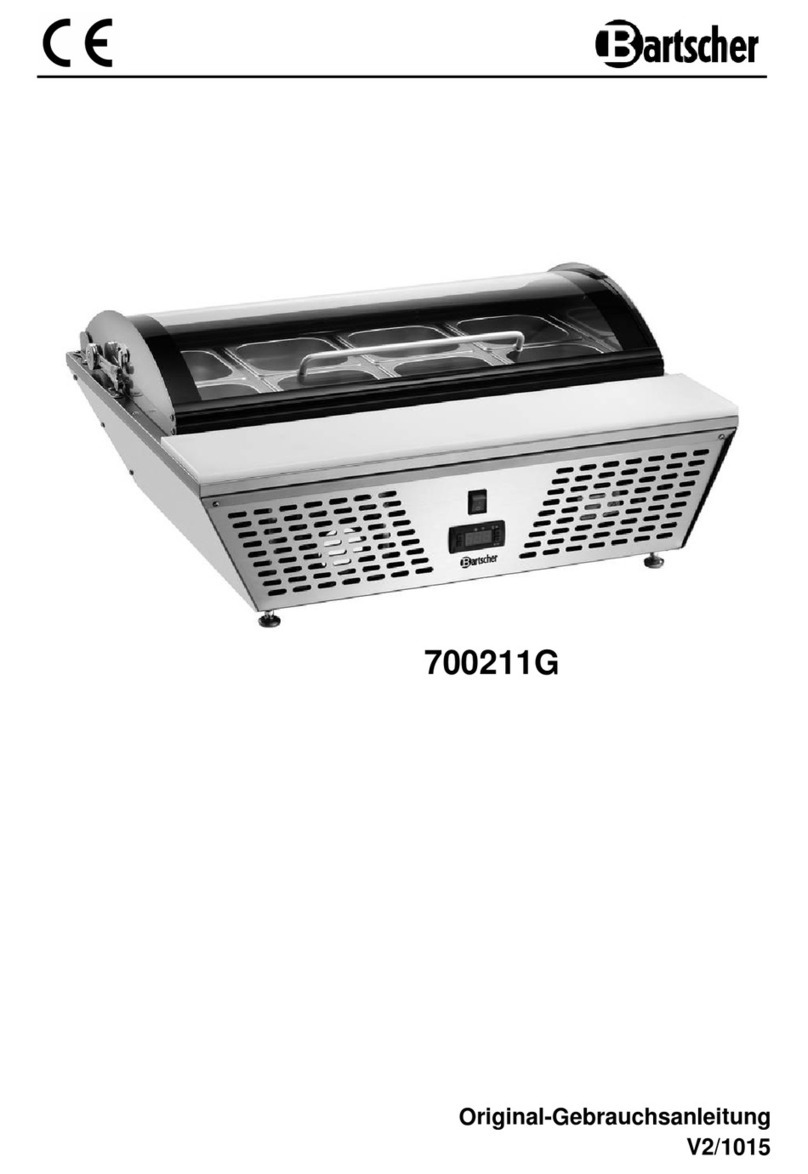
Bartscher
Bartscher 700211G instruction manual
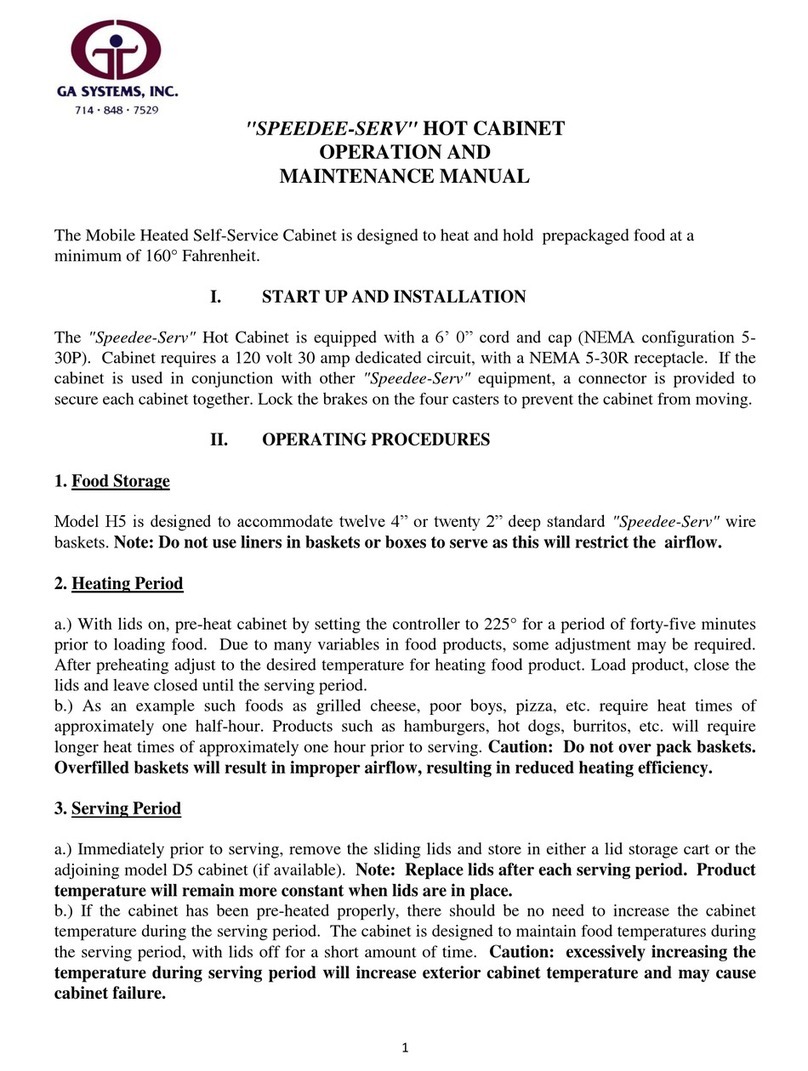
GA
GA SPEEDEE-SERV Operation and maintenance manual
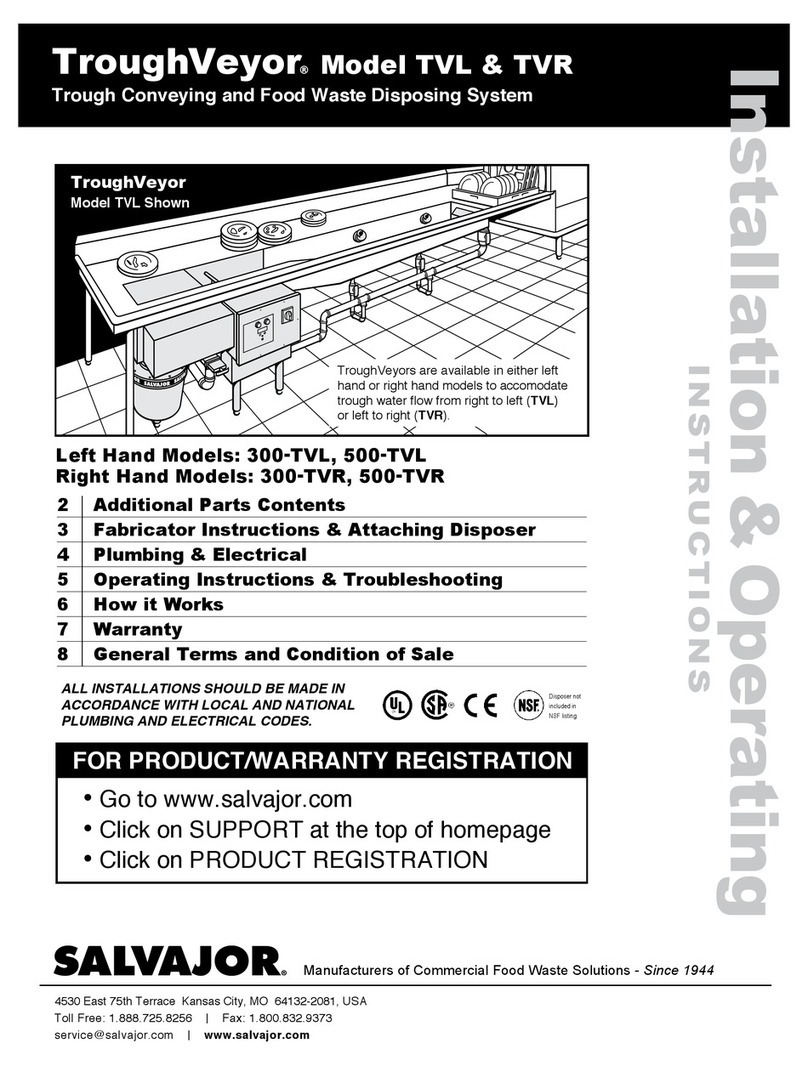
Salvajor
Salvajor TroughVeyor TVL Series Installation & operating instructions
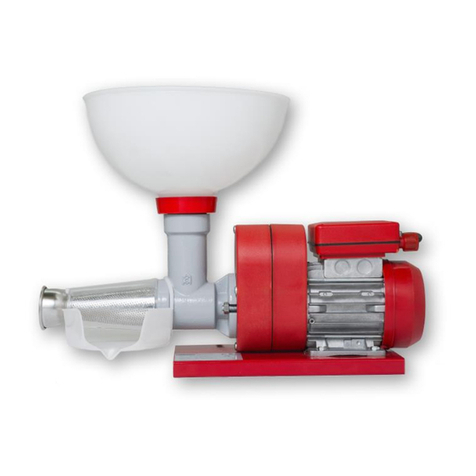
Grifo
Grifo FAMILY User and maintenance manual

Atlas Metal
Atlas Metal WCPT-3 Service and installation manual
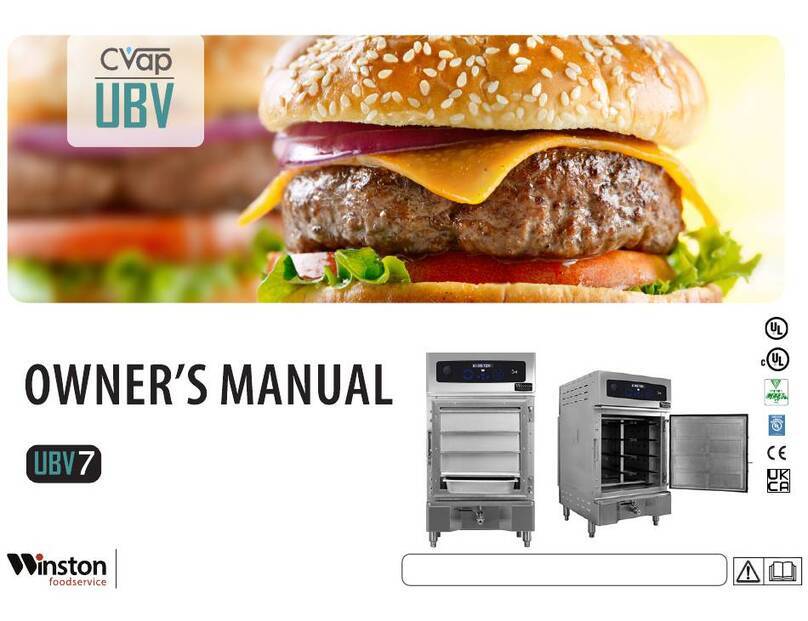
Winston foodservice
Winston foodservice 7 Series owner's manual
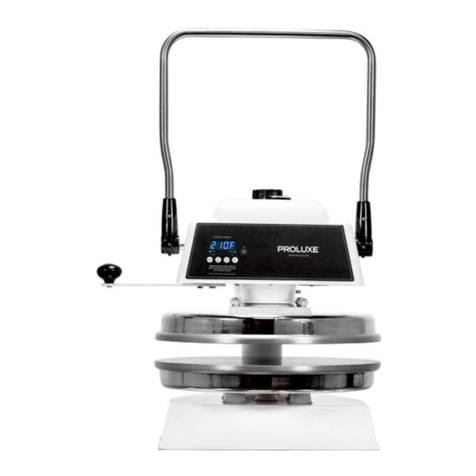
Proluxe
Proluxe DP2000 Operation manual
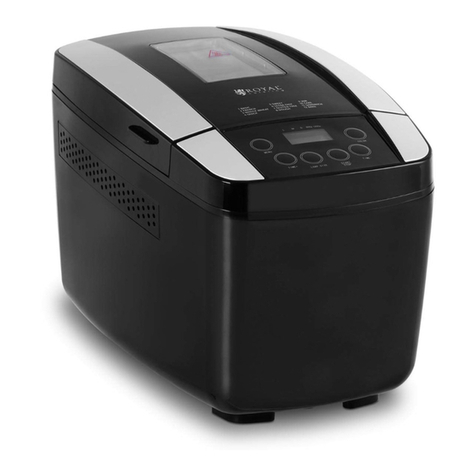
Royal Catering
Royal Catering BAIN MARIE RC BM 01 user manual
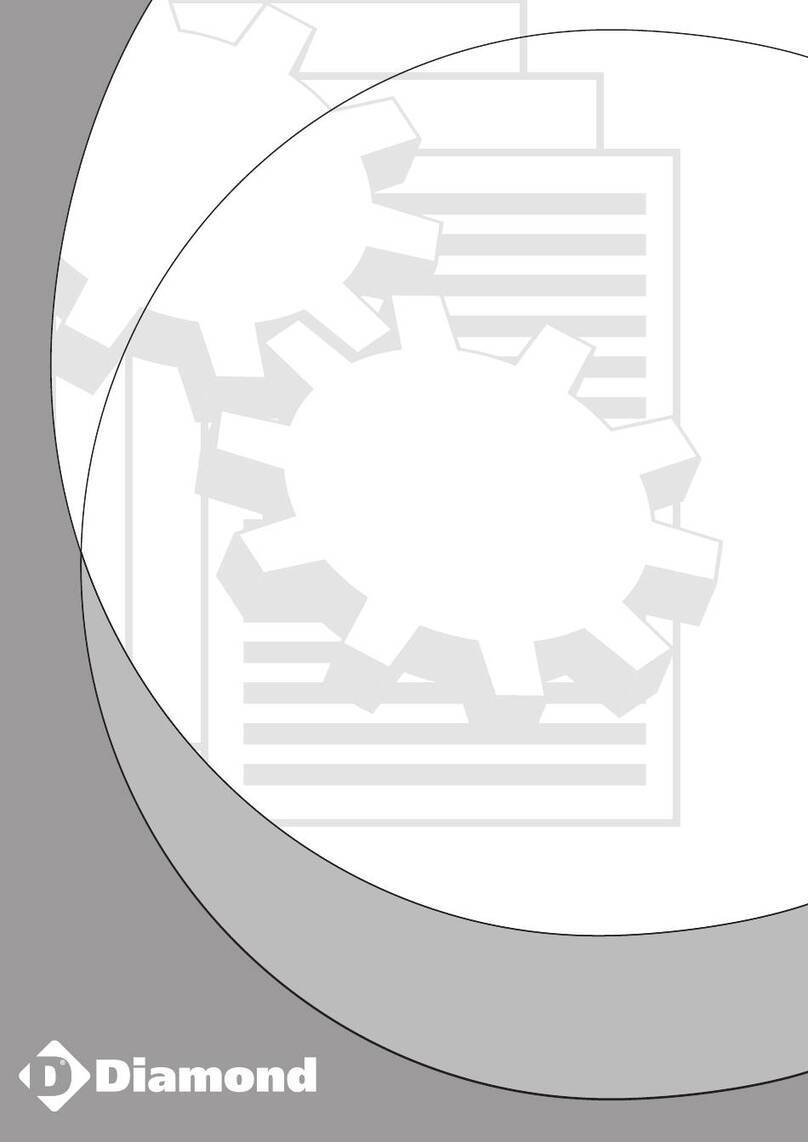
Diamond
Diamond CBT31/TS operating instructions
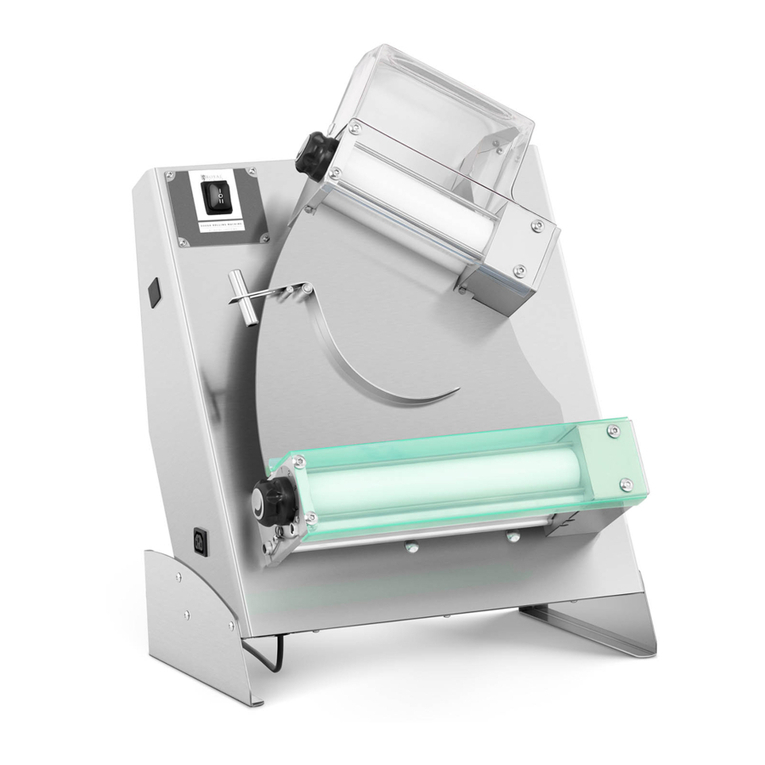
Royal Catering
Royal Catering RC-DRM310 user manual
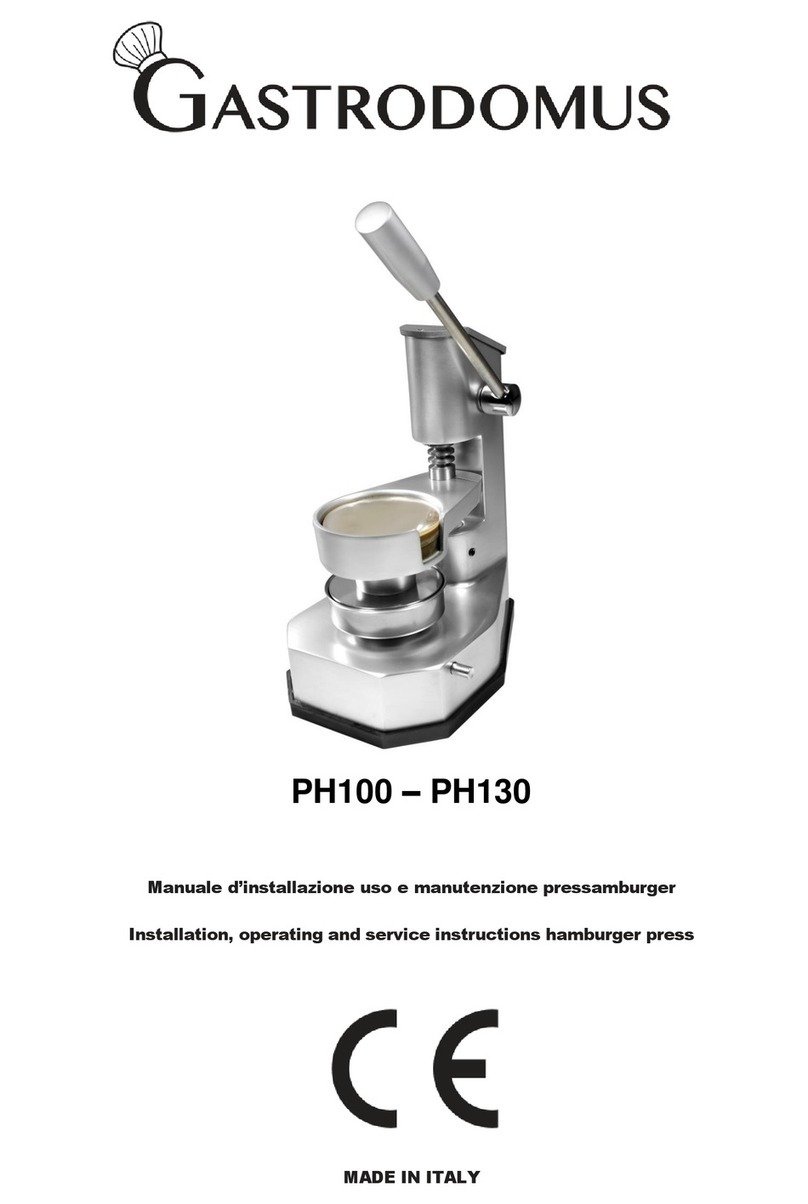
Gastrodomus
Gastrodomus PH100 Installation, operating and service instructions
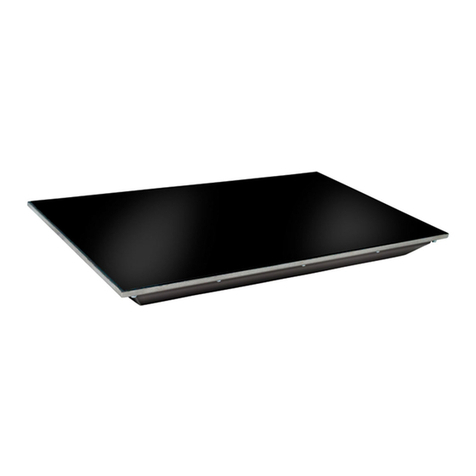
Hatco
Hatco HBG Series Installation and operating manual
